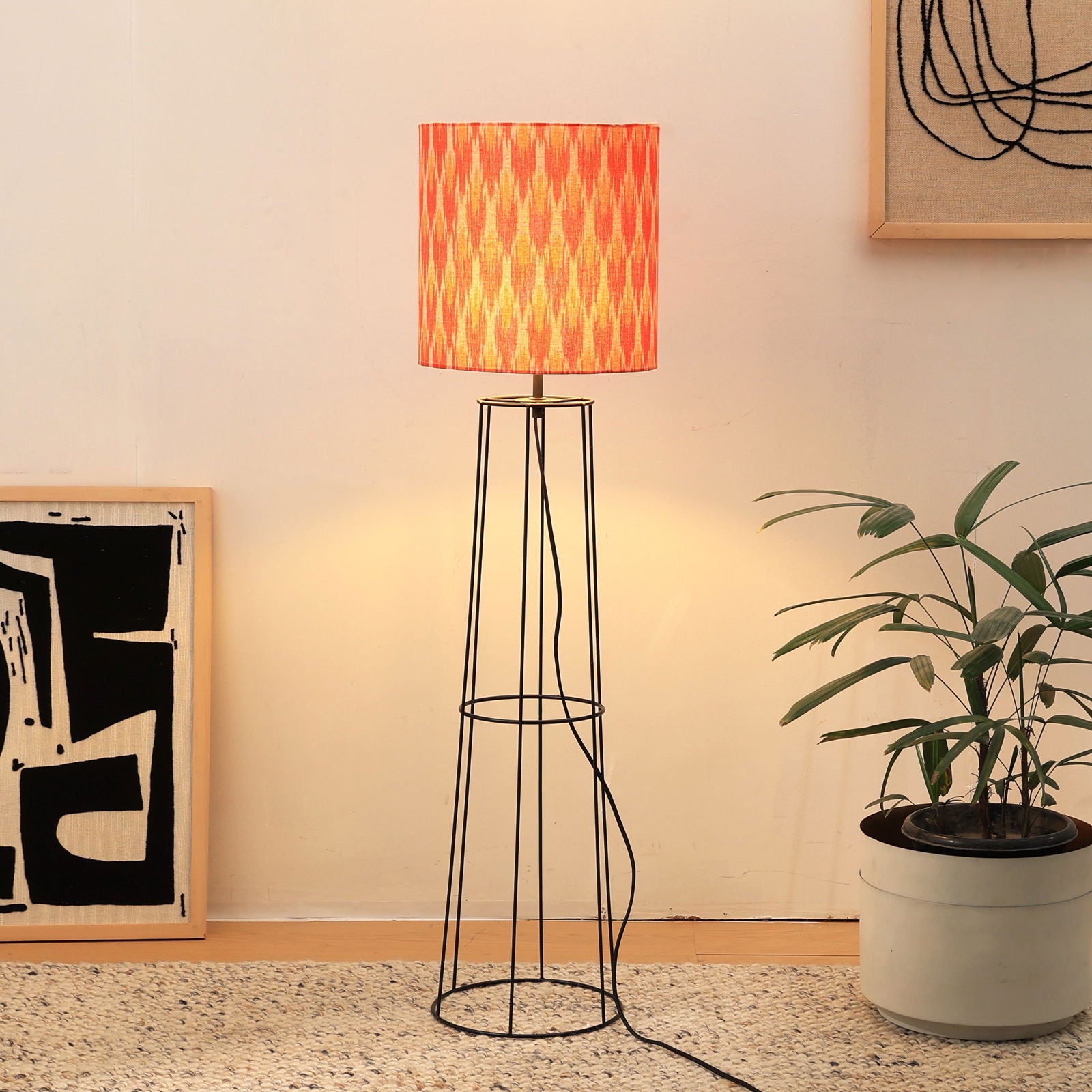
What’s the Japandi Hype All About?
Do you know who Japandi is? It has been creating waves in the home design industry by fusing Scandinavian utility with the best aspects of Japanese minimalism. But what exactly is all the hoopla about? Let's get in and investigate this alluring look that's sweeping the design industry.
Introduction to Japandi
Japandi is a harmonic blend of Scandinavian and Japanese design principles, not merely a fad. Sleek, practical, and naturally beautiful, it's no wonder that those looking for a stylish yet tranquil living area love it.
Origins of Japandi
The Japanese Influence
Japanese interior design is based on the idea of "wabi-sabi," which celebrates impermanence and imperfection as beautiful qualities. This way of thinking places a strong emphasis on calmness, simplicity, and natural features.
The Scandinavian Influence
In contrast, Scandinavian design—often referred to as "hygge"—focuses on practicality, minimalism, and warmth. It is characterized by airy areas, clean lines, and a cozy, welcoming ambiance.
Core Principles of Japandi
Minimalism
Minimalism is emphasized in both Scandinavian and Japanese designs. Japandi elevates this by getting rid of extraneous items and emphasizing necessary but superior elements.
Functionality
Every piece in a Japandi room serves a function. This method guarantees that areas are both aesthetically pleasing and functional.
Natural Elements
The utilization of organic elements like stone, bamboo, and wood is emphasized in japandi. These components create a peaceful atmosphere by bringing a sense of nature within.
The Aesthetic Appeal
Japandi has a refined, calm, and uncluttered aesthetic. It blends the coziness and practicality of Scandinavian interiors with the Zen-like simplicity of Japanese design.
Japandi in Interior Design
Living Room
Natural light, minimal furniture, and a muted color scheme are characteristics of a Japanese living room. Consider warm, inviting textiles and low, wooden furniture.
Bedroom
Simple furnishings, gentle lighting, and a platform bed are characteristics of a Japandi bedroom. The goal is to create a peaceful, clutter-free environment.
Kitchen
The key components of a Japanese kitchen are simplicity and utility. Important components include open shelving, natural materials, and a simple design.
Japandi Furniture
Simplicity and Elegance
Japanese furniture is distinguished by its grace and simplicity. Pieces frequently have straight lines and are low to the ground.
Quality over Quantity
Less is more in Japanese design. Rather of focusing on quantity, each item of furniture is selected for its quality and usefulness.
Japandi Color Palette
Neutral Tones
White, gray, and beige are examples of neutral colors found in the Japandi color scheme. The mood is pleasant and tranquil thanks to these colors.
Earthy Hues
Earthy colors, including browns and greens, are particularly popular because they give the room a cozy, natural vibe.
Japandi Textures and Materials
Natural Textures
In Japandi design, materials like stone, bamboo, and wood are crucial. The room gains depth and interest from these organic textures.
Soft Textiles
Cozy and welcoming environments are made with soft materials like cotton and linen.
Japandi Decor Elements
Minimal Decor
Japandi style décor is simple but profound. Imagine a solitary work of art or a plain vase filled with a few flowers.
Greenery
In Japandi spaces, plants are a common decor element. They improve the overall look and bring a little bit of nature indoors.
Japandi Lighting
Natural Light
The use of natural light is essential to Japanese design. Light streams in from large windows and open areas.
Soft, Ambient Lighting
Ambient lighting, which is gentle, is employed when natural light isn't accessible. This makes the place feel cozy and welcoming.
Japandi Lamps
Simple and Functional
Japandi lights are practical and straightforward. They frequently have simple lines and organic materials like paper or wood.
Statement Pieces
Although they are often modest, japanese lights may also be statement pieces that elevate the space.
Benefits of Japandi Style
Creates a Calm Environment
Japandi design's natural features and simplicity create a serene atmosphere that is ideal for unwinding.
Promotes Sustainability
Japandi design is environmentally friendly since it frequently uses sustainable materials and methods.
Enhances Functionality
Japandi design places a strong emphasis on functionality, making ensuring that every piece of furniture has a role and improving the home's overall usefulness.
How to Incorporate Japandi
Start with a Neutral Base
Start by selecting large furniture pieces and your walls in a neutral color scheme.
Add Natural Elements
Use organic materials in your furniture and décor, such as bamboo, stone, and wood.
Focus on Functionality
Make thoughtful and useful choices for your furniture and décor.
Japandi vs. Other Styles
Japandi vs. Minimalism
Although simplicity is emphasized in both forms, classic minimalism lacks warmth and natural features, whereas Japandi does.
Japandi vs. Scandinavian
Scandinavian and Japanese design are comparable, although Japanese design places more of a focus on wabi-sabi and other traditional Japanese values.
The Future of Japandi
Japandi transcends fads and vogue. Its emphasis on sustainability and ageless attractiveness make it a style that will probably stay in vogue for many years to come.
Conclusion
The stunning combination of Scandinavian and Japanese design elements is known as the Japandi style. Its focus on practicality, natural beauty, and simplicity makes for a calm and cozy living area. Whether you're remodeling your whole house or just adding a few Japanese accents, this design provides a classy and classic look.
FAQs
What is Japandi?
Japandi is a design aesthetic that emphasizes natural features, simplicity, and efficiency by fusing elements of Japanese and Scandinavian design.
How do I incorporate Japandi style into my home?
Choose furniture and décor pieces that are both attractive and functional, incorporate natural materials, and begin with a neutral color scheme.
What colors are used in Japandi design?
Earthy colors like browns and greens are combined with neutral tones like beige, gray, and white in Japanese style.
What materials are common in Japandi design?
In Japandi design, natural elements like stone, bamboo, and wood are frequently used.
Why is Japandi popular?
Japandi is well-liked because it improves living rooms' usability, fosters sustainability, and produces a tranquil and serene atmosphere.








































